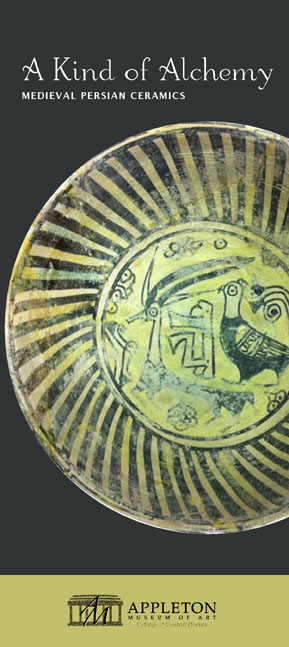
Organized by the
Appleton Museum of Art
Ocala, FL
Tour Management by
Landau Traveling Exhibitions
Los Angeles, CA

Organized by the
Appleton Museum of Art
Ocala, FL
Tour Management by
Landau Traveling Exhibitions
Los Angeles, CA
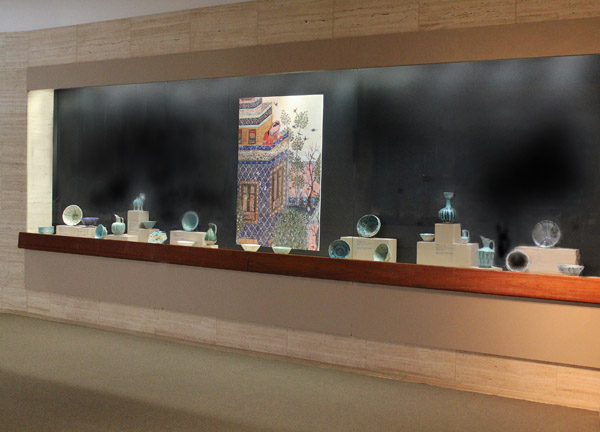
- Complete Images of the Works -
 |
|

Exhibition Info
- Complete Images of the Works -
|
|
| Publications: | Exhibition brochure copy is provided |
| Req: | Venue must provide display cases and vitrines |
| Dates Available: | Fall 2012-2014 |
| Loan Fee: | Upon request |
| Contact Info: | Landau Traveling Exhibitions Tel: 310-397-3098 Fax: 310-397-3018 E-mail: info@a-r-t.com |
- Complete Images of the Works - -
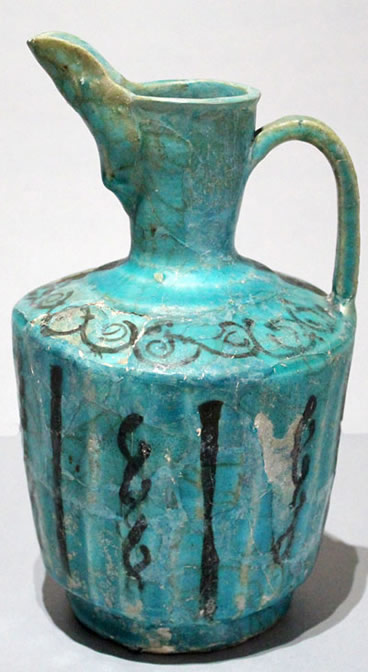 |
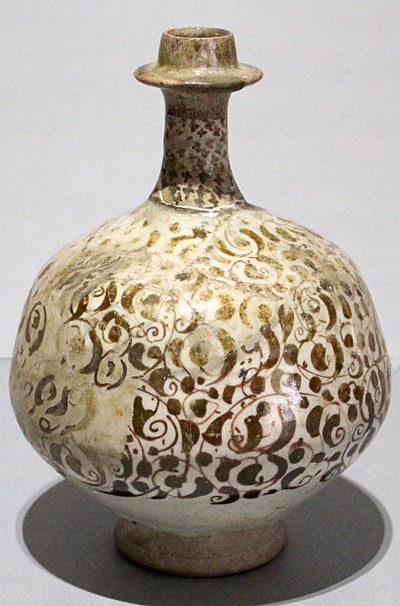 |
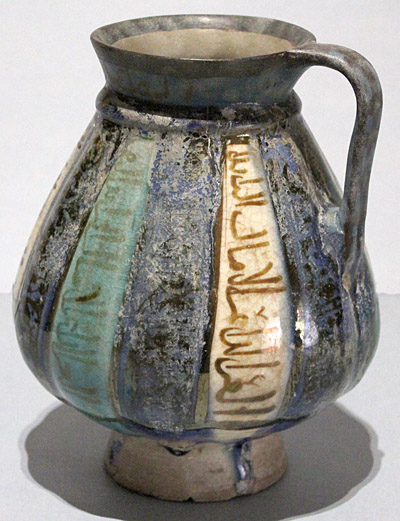 |
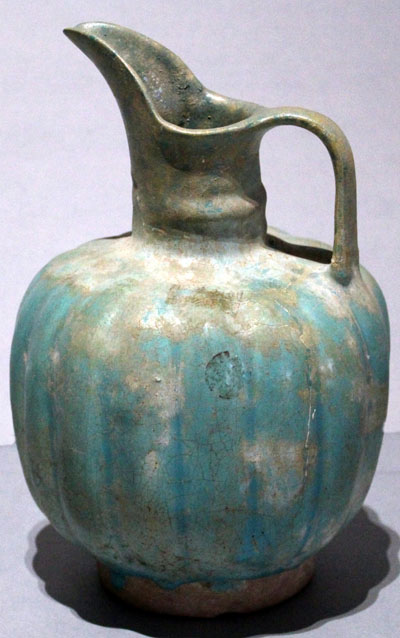 |
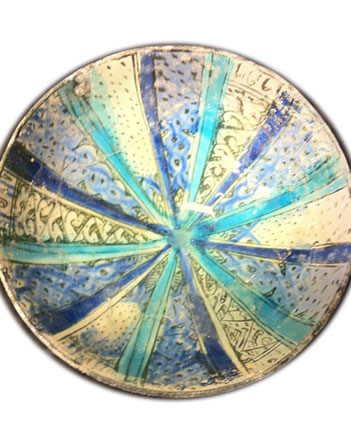 |
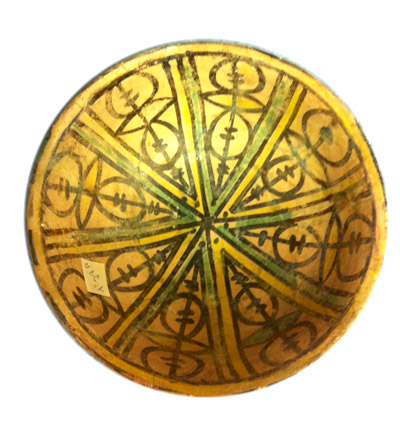 |
bs.jpg) |
s.jpg) |
A KIND OF ALCHEMY This exhibition showcases the magnificent handiwork of artists living in 9th through 14th-century Iran, the heartland of ancient Persia. Selected from the Appleton’s permanent collection of Islamic art, these 60 ceramic objects have miraculously survived for a millennium, and represent an artistic genre still largely unknown to Westerners. Recognized today as one of the major artistic expressions from the lands of Islam, ceramic art was also held in high regard by the intelligentsia of the time. In his 14th-century treatise, “The Virtues of Jewels and the Delicacies of Perfumes,” the Persian court historian Abu al-Qasim accorded ceramics its own chapter, describing it as “a kind of alchemy.” This is, indeed, an apt description of an art form magically born from the marriage of earth, fire and chemistry. A dynamic history’s by-product: Creativity Ancient Persia was a vast geographical area encompassing most of what is today Iraq, Iran, Afghanistan, and parts of Central Asia. It had been home to three great empires – Achaemenid, Parthian and Sasanian – reaching as far back as 550 BC. Persia became Islamic in the eighth century following its conquest by Arab armies. For a time it was incorporated into the Baghdad-based Arab Abbasid Empire, the Turkish Seljuk Empire, and the Mongol Ilkhanid Empire. However, for most of the period during which the objects in this exhibition were produced, the region consisted primarily of competing local dynasties. In addition to power and wealth, these rulers also competed for artistic prestige, becoming a ready-made pool of wealthy patrons for artists of all genres. In addition, the prosperous middle class living in the region’s city centers enriched by the lucrative Silk Road trade between the Far East and the Mediterranean provided an eager market for artistic wares that were symbols of taste and sophistication. It is out of this cosmopolitan, multi-cultural environment with its Persian, Arab and Turkish inhabitants that some of the most extraordinary Islamic ceramics of all time were created. The China connection: inspiration, imitation, innovation The importation of fine Chinese porcelain exercised an important influence on Persian pottery. That they were held in high esteem is eminently obvious from the fact that the Persian and Turkish word chini, meaning “Chinese,” is used to refer to fine ceramics in general. Deeply impressed by porcelain’s whiteness, strength and elegance, but lacking the appropriate type of clay and technique – it was a closely held Chinese state secret – Persian artists developed ingenious ways to approach its enviable qualities. First, they discovered that they could create a clean, white surface by covering their red, earthenware body with a watery clay mixture called slip. Later, a new whiter body was developed called fritware or stonepaste, using crushed quartz and clay. Providing a cleaner “canvas” on which to paint designs, fritware dominated luxury Persian ceramics from the 12th century on. Chinese shapes were also copied – bowls with thin flaring sides, or sides molded to look like lotus petals. In fact, the veritable creative explosion – in terms of exuberance and variety of designs – However, while Chinese potters would have considered the shape and glaze sufficient aesthetic treatment for a luxury ceramic piece, Persian potters displayed a definite fondness for elaborately decorated surfaces. The visual repetoire: Birds, beasts and abstractions While idolatry is prohibited in Islam, the question of whether the depiction of human and animal shapes may be depicted in art is a complicated one, and has been interpreted differently throughout the centuries by Muslim scholars. The animal world had inspired pre-Islamic Persian pottery, and continued to play a prominent role during the medieval period. Birds were a particularly popular design motif. In this connection, China also made a contribution via the Mongols. During their 100-year rule as the Ilkhanate, trade and cultural exchange increased between Persia and China, both parts of the Mongol Empire. The phoenix, the symbol of the Chinese empress, entered Persian iconography, probably on imported textiles. With its resemblance to the simurgh, a mythical Persian bird, it quickly took root in the imagination of local artists as evidenced by its depiction on surviving ceramics. Human figures also adorn Persian pottery, often depicting the royal amusements of hunting and feasting; sometimes they represent characters from pre-Islamic legends like the famous Shahname, The Book of Kings. With Islam came an increased emphasis on abstract patterns as decorative motifs. Persian artists – like Islamic artists in general – began to explore more fully the possibilities of non-figural forms, including natural vegetal and floral shapes that were partly a legacy of earlier Greco-Roman, Byzantine and Sasanian traditions. Employing a sense of geometry, they transformed these motifs into highly organized patterns, or arabesques, that display a strong sense of control regardless of how dense or complex the design. Calligraphy: Islam’s ultimate creative contribution The most immediate and enduring impact Islam had on the arts of Persia – and of all the lands in which the religion predominated – was the introduction of beautiful writing as a design element. The Arabic language, and by extension its alphabet, was highly revered because of its identification with the Quran, the Muslim holy book. In addition, the very nature of Arabic letters allows it to be both easily applied to a variety of shapes, and to be worked into nearly abstract designs by talented artists. Initially written exclusively in Arabic, inscriptions on ceramics were later written in Persian using the Arabic alphabet. They ranged from the name of the artist, to blessings bestowed on the owner of the piece (undoubtedly the patron who commissioned its creation), to aphorisms such as “Patience is the key to comfort.” Verses from the Quran are conspicuously absent. Interestingly, many of the inscriptions are illegible. Perhaps the sayings were so familiar to people that they only needed to be alluded to with “loose” writing. Or perhaps the artist was only interested in communicating writing’s purely aesthetic quality, rather than its ability to convey meaning. Decorative technique: The exhibit’s organizing principle The ceramic works exhibited in “A Kind of Alchemy” represent virtually every decorative technique utilized by Persian artists during the medieval period. Accordingly, the objects on display are divided into six groupings that illustrate specific techniques. They can be seen as inspired solutions to the creative challenges the artists faced, and, more importantly, the harnessing of arcane scientific knowledge to the universal human impulse to create something beautiful. Slip-painted ware (9th-11th centuries) Buffware (10th-11th centuries) Splashed ware (10th century) Lusterware (12-14th centuries) Monochrome glazed fritware (12th-14th centuries) Underglaze painted fritware (12th-14th centuries) |
A KIND OF ALCHEMY Checklist 60 Works in Total 1. CALLIGRAPHIC BOWL 2. BOWL 3. BOWL WITH INSCRIPTION 4. CALLIGRAPHIC BOWL 5.BOWL 6. BOWL 7. BOWL 8. BOWL 9. BOWL 10. BOWL 11. BOWL 12. BOWL 13. BOWL 14. BOWL 15. BOWL 16. BOWL 18. BOWL 19. BOWL 20. BOWL 21. BOWL 22. BOWL 23. BOWL 24. BOWL 25. BOWL 26. BOWL 27. BOWL 28. BOWL 29. BOWL 30. BOWL
31. BOWL 32. BOWL 33. BOWL 34. BOWL 35. BOWL 36. BOTTLE 37. JUG 38.BOWL 39. BOWL 40.BOWL 41. BOWL 42. BOWL
43. BOWL 44. BOWL 45. BOWL 46. BULL VESSEL 47. PHOENIX BIRD TILE 48. PITCHER 49. PITCHER 50.BOWL 51. BOWL 52. BOWL 53. BOWL 54. BOWL 55. BOWL
56. BOWL 57. BOWL 58. BOTTLE 59. PITCHER 60. BOWL 61. SMALL PITCHER 62. BOWL 63. BOWL
|